Segobriga Archaeological Park, Castile-La Mancha, Spain
4.5 (346 reviews) Spent 1-2 hours Ranking #1 in Province of Cuenca Ancient Ruins

Impressive and sizeable
What a suprise. On our way to Murcia just of the Highway there are magnificient remains of the Roman city of Segobriga. Conserved quite well and not too crowded this was a great stop

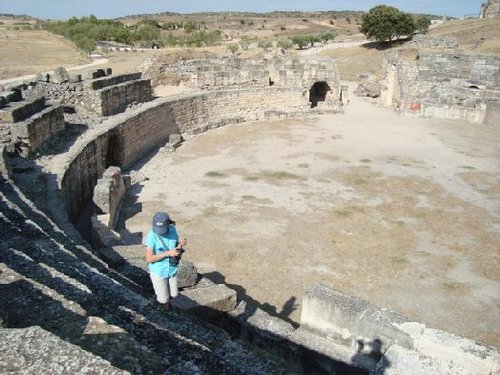
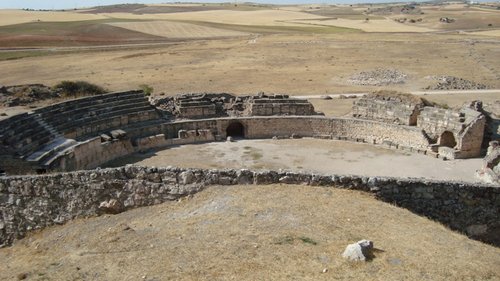
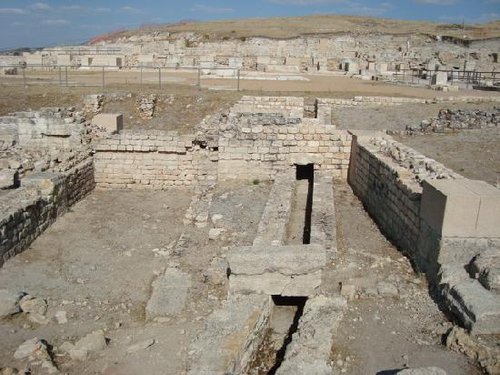

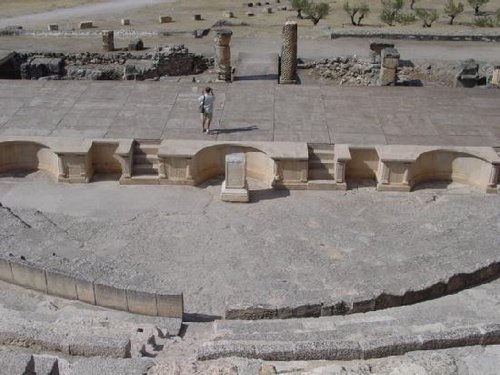
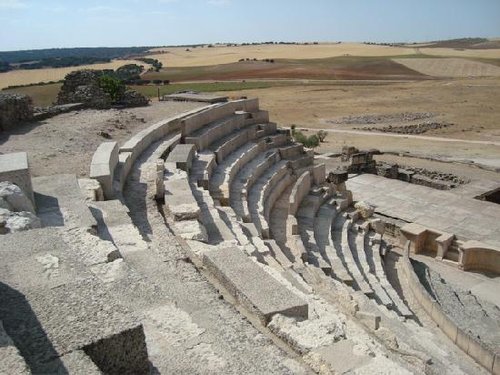
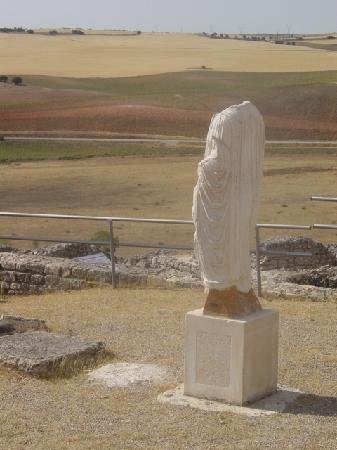
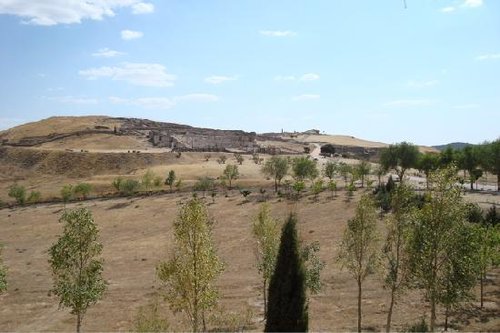
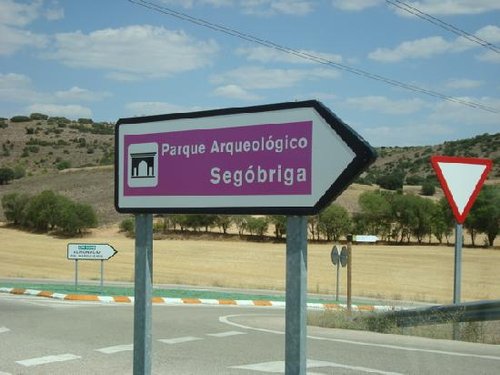
Address
Carretera Carrascosa s/n, 16430 Saelices Spain
Mobile
Website
http://www.patrimoniohistoricoclm.es/parque-arqueologico-de-segobriga/
Current local date and time now
Wednesday, May 15, 2024, 17:59
User Ratings
4.5 based on (346 reviews)
Excellent
45%
Good
43%
Satisfactory
9%
Poor
1%
Terrible
2%
Reviews
-
5francien2015 5:00 PM May 8, 2022
Impressive and sizeable
What a suprise. On our way to Murcia just of the Highway there are magnificient remains of the Roman city of Segobriga. Conserved quite well and not too crowded this was a great stop
-
4Mark E 5:00 PM Apr 26, 2014
Put on your marching boots
In an isolated position which is paradoxically only a short drive off the familiar A3, stands one of the most remarkable archaeological sites I've been to in Spain. Segobriga should be visited by anyone interested in the history of the Roman presence on the Iberian peninsula. For around three centuries it was a major city, the hub of various Roman roads that criss-crossed the territory. It was a centre for mining of a translucent stone that served as glass before the technology existed to make panes of glass. The city's products were shipped across the empire. It was, it seems, an important commercial and administrative centre. Certainly, we were surprised at how much there was to see and, as a result, we didn't leave enough time to visit the Museum. This is a shame because although it is small it may well have answered many of the questions that arose as we strolled around the site. If I were to return I'd leave at least a couple of hours to explore this site and its museum thoroughly - you may find it more comfortable to allow up to three hours. At 5 euros per adult (just 1 euro for kids up to 11 years of age) this is a bargain. Some of the ruins are remarkably well preserved - most notably, the amphitheatre. Here you can easily imagine yourself at one of the many cruel spectacles that would have been held here and at which wild animals were slaughtered for the entertainment of the throng of 5000+ seated inside. The banks of seats and the original form of the arena are very well preserved. Regrettably, we omitted the theatre from our itinerary. From what I have subsequently seen in photographs, this too looks astonishingly well preserved. The baths, the villa and other ruins all vie for your attention. There are quite a number of different structures to see here and they are mostly clustered quite close together around the summit of a hill. Although we didn't see everything, it is clear that they have missed a trick or two here. Information boards are thoughtfully located at each ruin. Unfortunately, they don't show you how the structures would have looked when in use or how they would have been interconnected. The information, in both Spanish and the mandatory poorly-translated English, is overly technical and of limited value to most visitors, I suspect. It's certainly inaccessible to children and the mix of error-strewn, literally translated and quasi-technical English meant I struggled too. The whole site could be made much more understandable with better information boards. (I believe that the museum may have better displayed info with some attempts at the visualizations that I hoped to find.But this still doesn't avoid the necessity to have this type of guidance available at each part of the tour.) Another issue with accessibility is the physical layout. The site is quite hilly. The majority of the paths that guide people around it are hacked out of the ground (i.e. they are not properly laid with a permanent, even surface) and they are strewn with stones and small rocks. This makes it a very tricky site for those who are wobbly on their feet. You should also know that there is quite a lot of walking to be done to get from the visitors' car park to the ruins. It is certainly not a place that is adapted to the needs of the wheelchair bound. (Nothing new there, mind). We noticed an elderly lady gamely hobbling around on crutches. And sitting down a lot as she recovered from her Herculean efforts You had to feel for her. Roman centurions, hardened after months of marching and fighting their way across rugged terrain, may have coped well with this kind of surface. But that's no reason not to update it today for those of us mere mortals less accustomed to combat conditions. It's noticeable that many of the structures appear to have been "restored" in the past, to some limited extent. Judging by the rather amateurish-looking attempts, these may have occurred a long time ago. They were obviously well-intended but ill-conceived and poorly executed. That said, the whole site is a pleasure to visit for the relatively small numbers that it seemingly attracts. At the same time, you feel that it would benefit from more funding and greater revenues in order to enable the excavation of some parts that are still not fully explored and a more thorough and professional job of both conservation and communication. When all is said and done, with few fellow visitors to stumble over and entrance fees correspondingly affordable, a day trip to Segobriga is well worth the trip from Madrid. Get there before legions of foreign invaders descend upon this treasure.